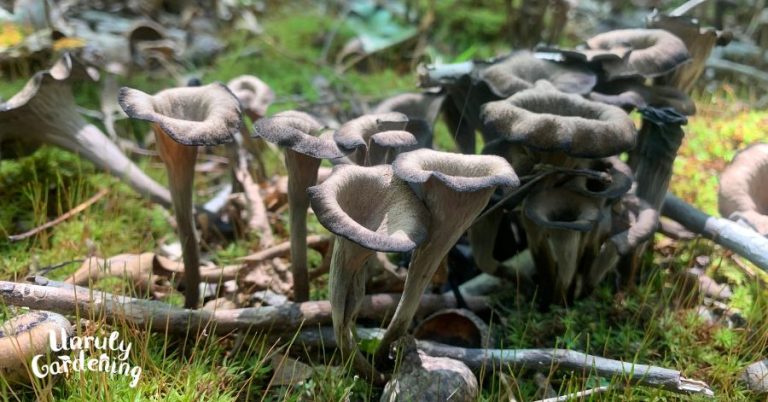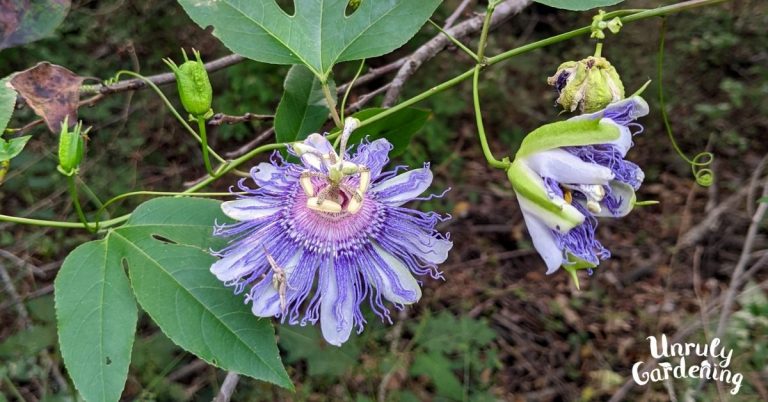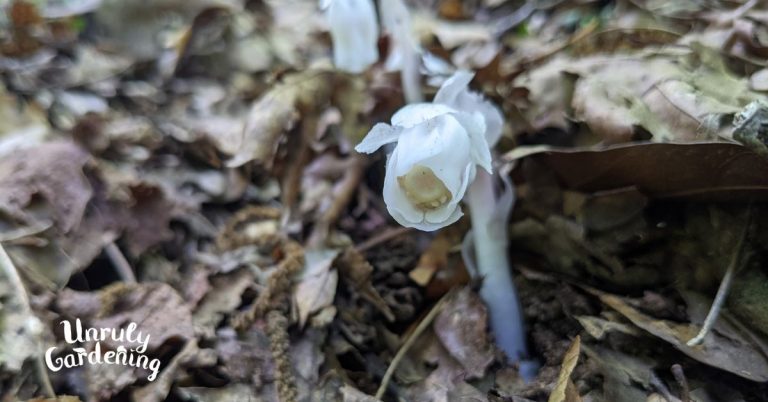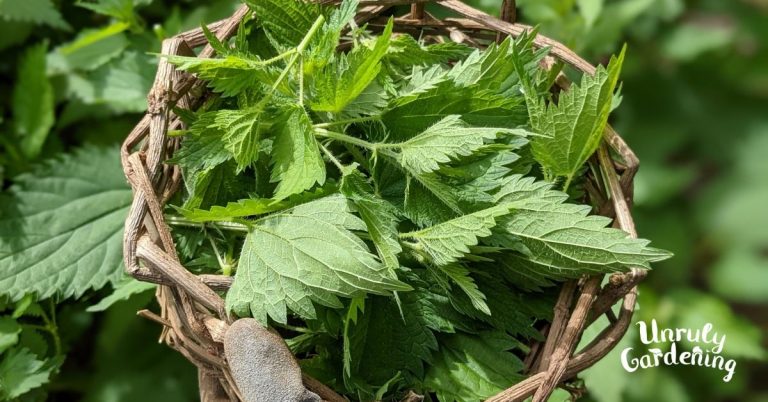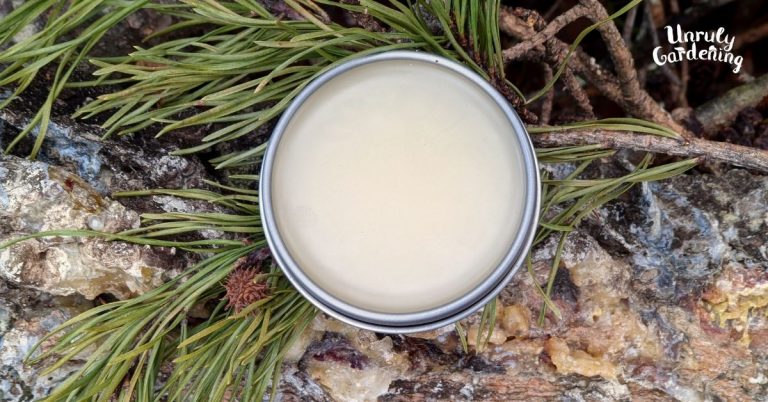Stinging Nettle vs Dead Nettle – the differences
Confused about the differences between common nettle (stinging nettle) and purple dead nettle?
Here’s how to confidently tell them apart!

Basic Plant Information:
Purple Dead Nettle
Latin name: Lamium purpureum

Growing details: winter annual that can grow up to 16 to 18″ tall, but is often about 12″
Purple dead nettle leaves often show up in late winter, with flowers appearing in early spring. Once hot weather arrives, the plant fades out until the weather turns cool again.
Stinging Nettle
Latin Name: Urtica dioica
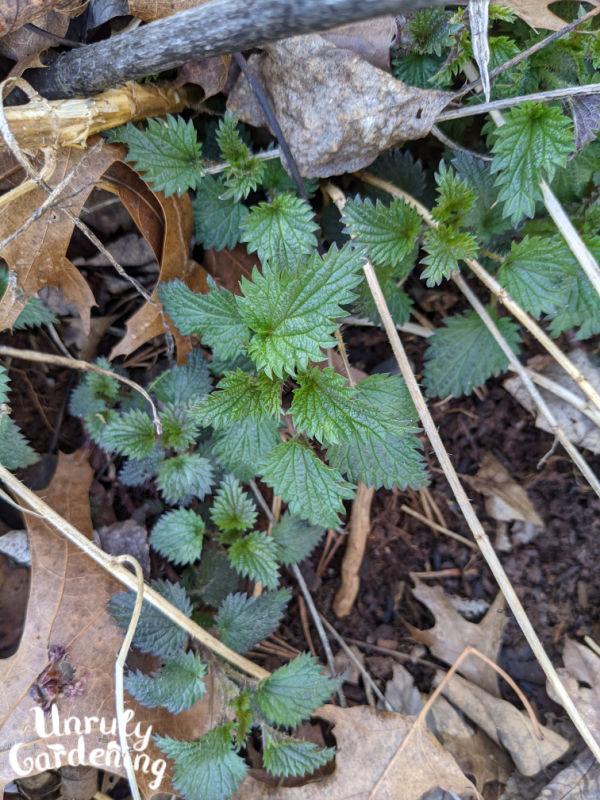
Growing Details: a perennial plant that can grow 5 to 6+ feet tall
Stinging nettle grows tall in the summer, then dies down over winter, reappearing as small sprouts in early spring.

Tips to Tell Common Nettle apart from Dead Nettle
Key Feature
The most notable difference between common nettle and dead nettle is that stinging nettle is covered with very tiny stinging hairs, called trichomes. If you grab stinging nettle, or even brush your hand against it, you will almost instantly know, because your skin will feel very irritated!
In contrast, dead nettle gets its name because it has no sting – the sting is “deadened” or completely absent. You can handle purple dead nettle all you want, and it will not sting your skin!

Leaves
The leaves of stinging nettle are covered in fine, stinging hairs and are dark green, deeply serrated, and pointy at the tips. They grow opposite from each other on the stem. When the stinging nettle plant is very young, the new leaves may have a purple tinge to them.
Purple dead nettle leaves are triangular or spade shaped. They start out green, but usually turn to purple as they mature. The leaves of dead nettle do have hairs on them, but they aren’t stinging hairs, so they’re completely safe to handle without gloves. (Unless you’re allergic!)

Flowers
Stinging nettle flowers are very tiny and are white or greenish-white. They hang down from the leaf axil. (The part of the stem where the leaf grows from.) They bloom in late spring to early summer – around here (USDA zone 7b) that’s usually in May.
Purple dead nettle flowers are purple or lavender and grow at the top of the plant. They bloom in late winter or very early spring. Once the weather heats up, the blooms and plants fade out.
Related Articles:
We also have even more in depth articles about foraging and using both of these nettles!
Differences Between Henbit and Purple Dead Nettle
Foraging Stinging Nettle + Uses
Our articles are for information and idea-sharing only. While we aim for 100% accuracy, it is solely up to the reader to provide proper identification. Be sure to seek out local foraging classes and plant walks, and invest in mushroom and foraging guides suitable for the area you live in, since some wild foods are poisonous, or may have adverse effect.

